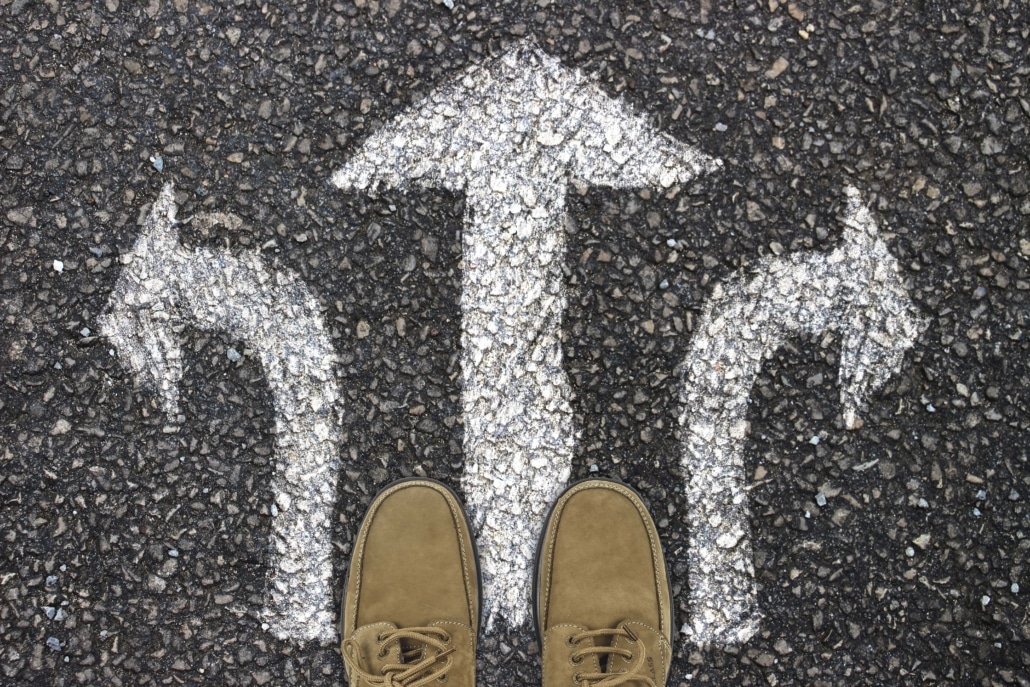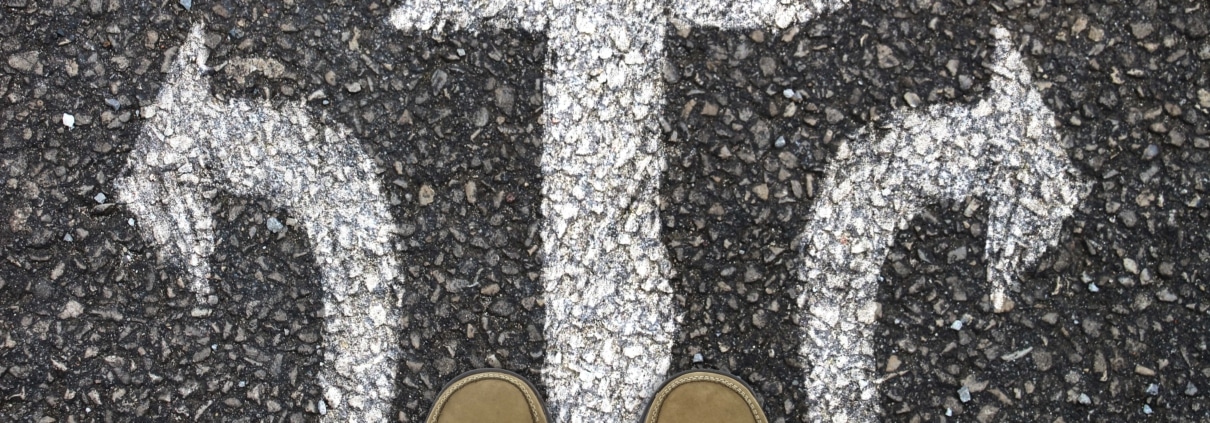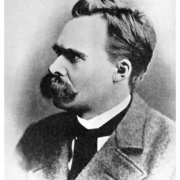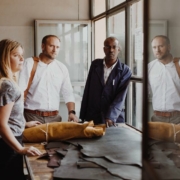How to Grapple with Personal Uncertainty During COVID-19

Is there a right way to worry about what can go wrong? This is a question that’s always worth wondering about, of course. But the COVID-19 pandemic has underscored how important it can be to confront uncertainty optimally. As a recent piece in The Guardian put it, “Some realistic pessimism might help us curb disappointment.”
Right now, many if not most of us are faced with two big problems. One is the possibility of a terrible thing happening (like losing our lives, loved ones, or jobs). The other is being stuck in a holding pattern, with just as much uncertainty about where the world is heading today as we had yesterday. It’s crucial to recognize that these two different problems require different solutions.
Take the first. Facing up to the chances of a major setback can be daunting. But it can be reassuring—and productive—to come up with a plan to deal with it. Thoughts about “what if” arise because our brain is trying to call our attention to the fact that there is a problem that needs solving. This is useful. Where people often go wrong is trying to do this halfway—“indulging” in worry one minute then trying to quiet it the next. Take the worry seriously. Sit down, and try to solve the problem.
The pandemic highlights what we always knew: that the only thing we can count on is change.
It helps to make some distinctions. Ask yourself what is it, exactly, that worries you? For example, being afraid of not having a financial cushion to cover expenses during a job hunt is quite different from a longer-standing concern that you’re not developing new skills and would not be able to get a new job if you lost your current one. Being specific about what the concern is, is crucial, because even seemingly similar concerns (like losing your job) can call for different approaches.
Identifying the specific problem that worries you tends to highlight information gaps that you’ll need to fill. You may realize, for instance, that you need to take a closer look at your monthly expenses to know exactly how many months you could forego work. Or you may begin to suspect that it’s time to deepen a certain skill. To validate that suspicion, and feel the appropriate urgency, you might talk to some colleagues, have a frank conversation with your boss, or do some searching online. Once a solution starts to take shape out of that new information, remember to be realistic about any trade-offs—like the time you’d have to devote to learning something new.
You may find that your new understanding of the problem makes you feel that it’s not actually worth addressing just yet. Knowing now what the problem would look like, if it arose, and what you might do in response, may make you feel confident enough in your ability to respond, causing your worry to subside. Or you may take concrete steps to nip the problem in the bud—or at least mitigate potential fallout—like carving out time to build a new skill set or laying the groundwork for a job hunt by, for example, getting in touch with old contacts.
The other kind of problem—being stuck in a holding pattern—has a different kind of solution. It involves a combination of exploit and explore strategies, or using what’s available to us versus looking for something else. Which one is adaptive depends on context.
Imagine for a moment that we have adjusted to quarantine so well that it’s hardly a burden. That would be a favorable, adaptive response—if quarantine life were a permanent change. But we know that it is not permanent. And we know that we do not yet know how long it will last. This awareness of ignorance is what keeps us alert to new information and unwilling to make bold or confident decisions—we know we lack the information we need to judge what a useful decision might be.
It is, on the whole, adaptive to cycle through feelings of satisfaction and dissatisfaction because those feelings incline us to look around, take stock, and see if we can do better. When this doesn’t happen, we get things like learned helplessness and the famous “Stockholm syndrome,” where we accept and even feel positively about a situation we would not choose if we actually had the choice. Feeling dissatisfied or uncomfortable, even frustrated or angry, gives us the energy and the focus to make the changes we feel would benefit us. On the other hand, feeling upset and focusing on what upsets us drains rather than serves us when there is no solution available.
A mindful acceptance of both your situation, and your cycling and evolving reactions to it, are the best way forward. A problem has many solutions, most of which we’ve never thought of. We’ve solved many problems since the pandemic started—how to celebrate birthdays and religious holidays from afar, how to exercise without shared spaces, how to differentiate daytime from nighttime without our regular clothing and routines. As someone with many geographically distant friends, family, and colleagues, I personally have benefited enormously from reaching goals for collaboration that I had long ago accepted as impossible to achieve.
During this pandemic, we can remain open to new ideas and options without experiencing the constant discomfort of searching. When we feel worried or frustrated, we can take that as useful information about a problem that needs solving. We might not find a solution right away, but we can accept that we’re on the lookout for one, and we can remember that just because a solution may be impossible in one moment, with the tools we have now, that doesn’t mean it won’t be feasible forever. The problem might cease to be a problem, a new tool might emerge, or the context might shift.
The pandemic, in other words, highlights what we always knew: that the only thing we can count on is change.
Melanie Langer is a researcher and consultant in culture, ethics, political psychology, and attachment theory who specializes in behavioral adaptation.








